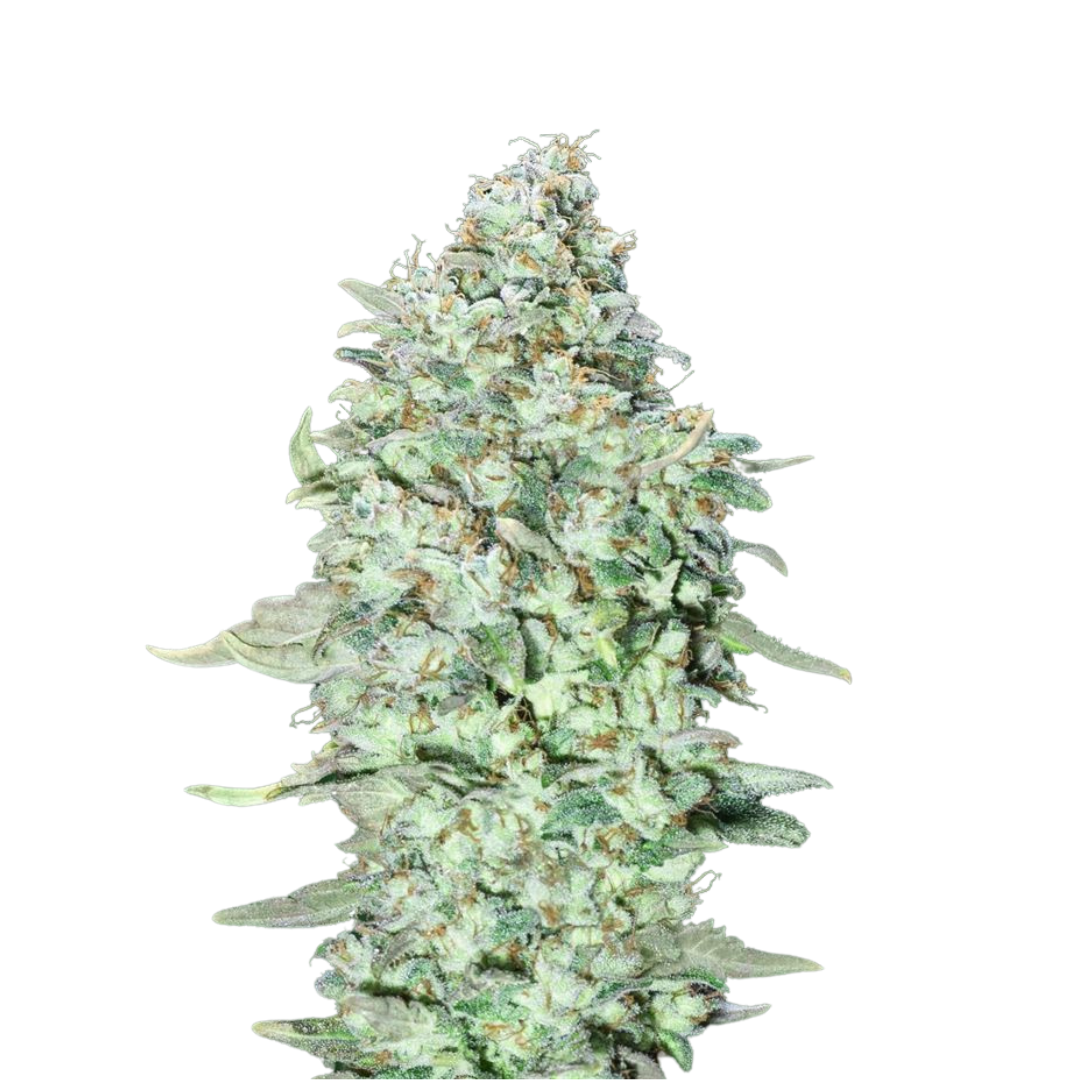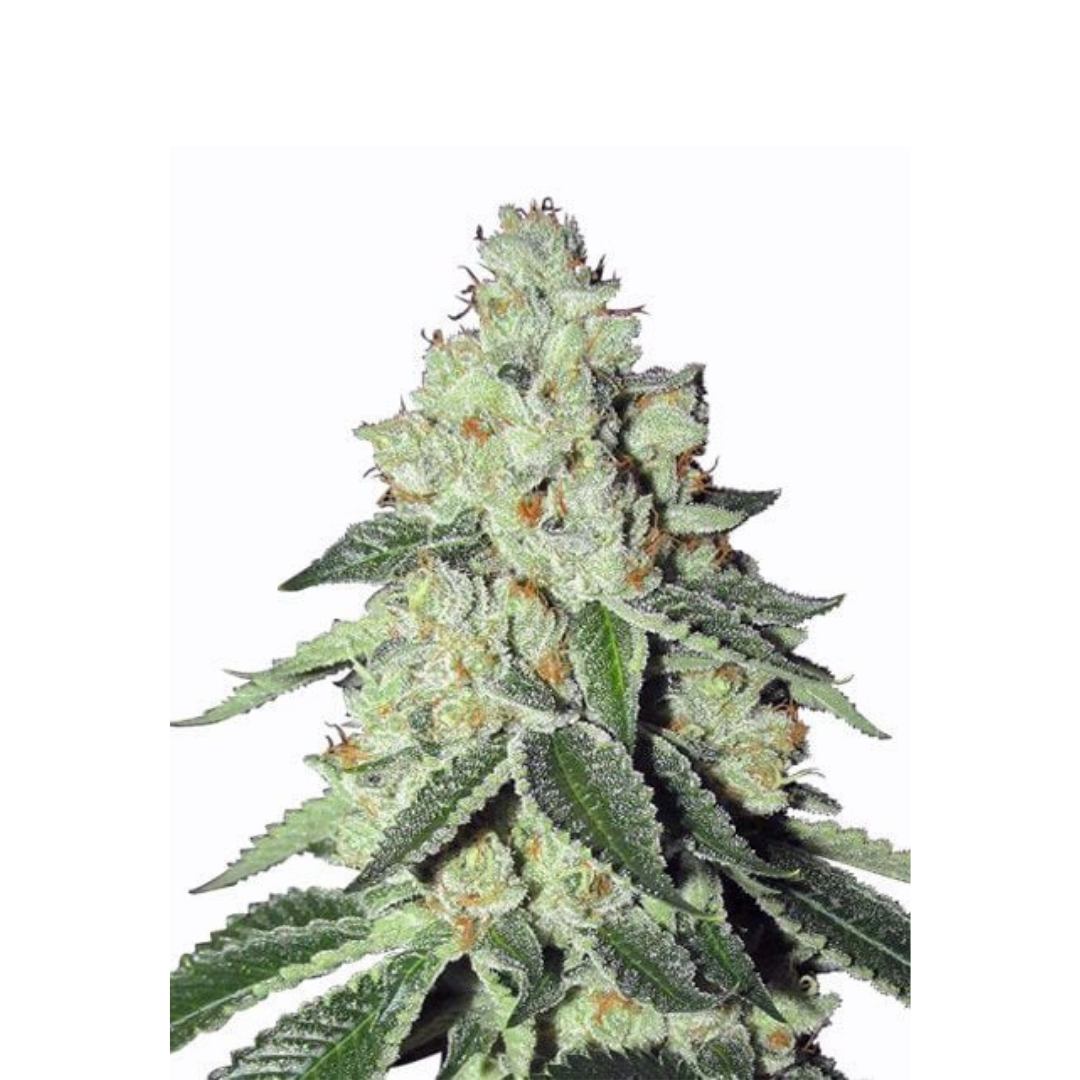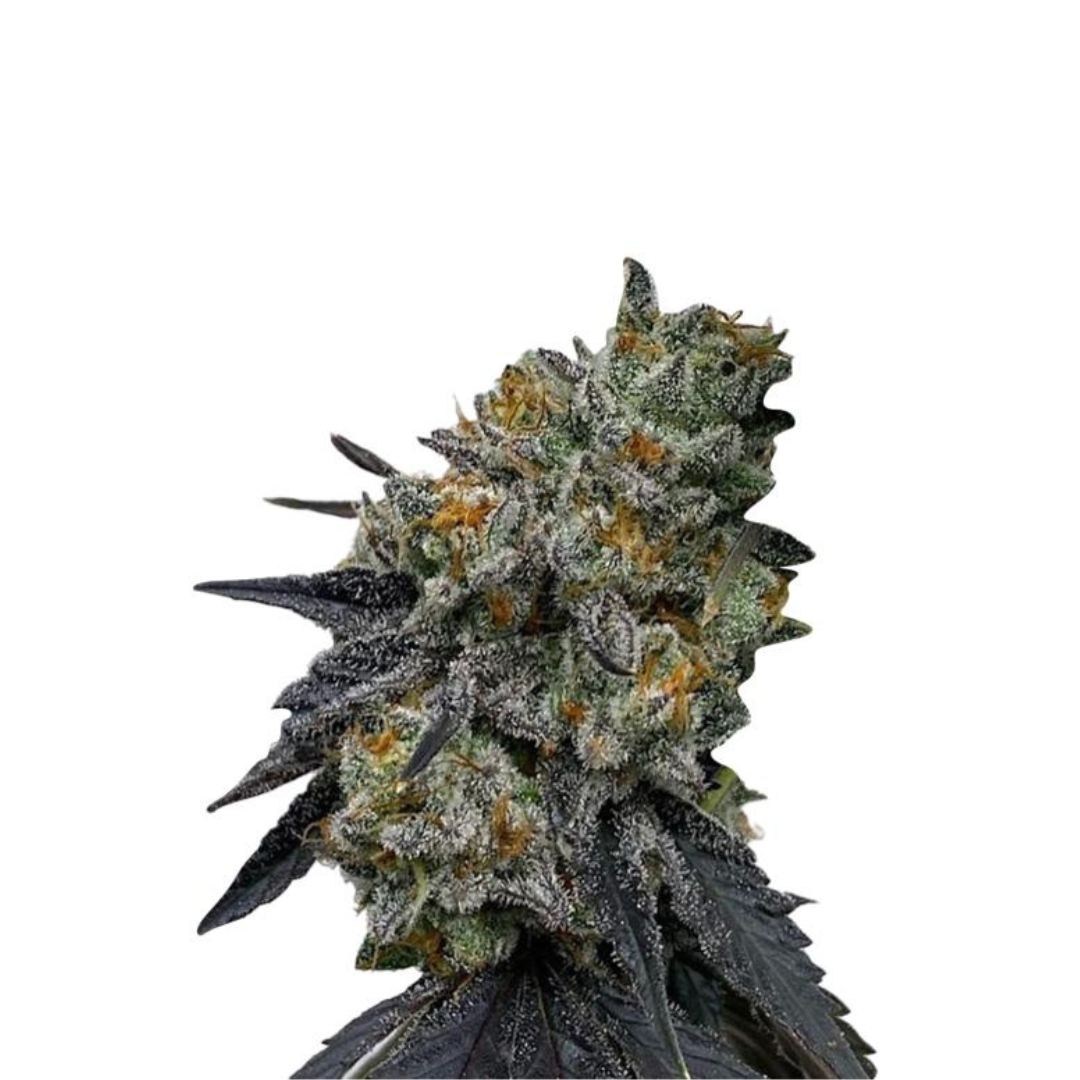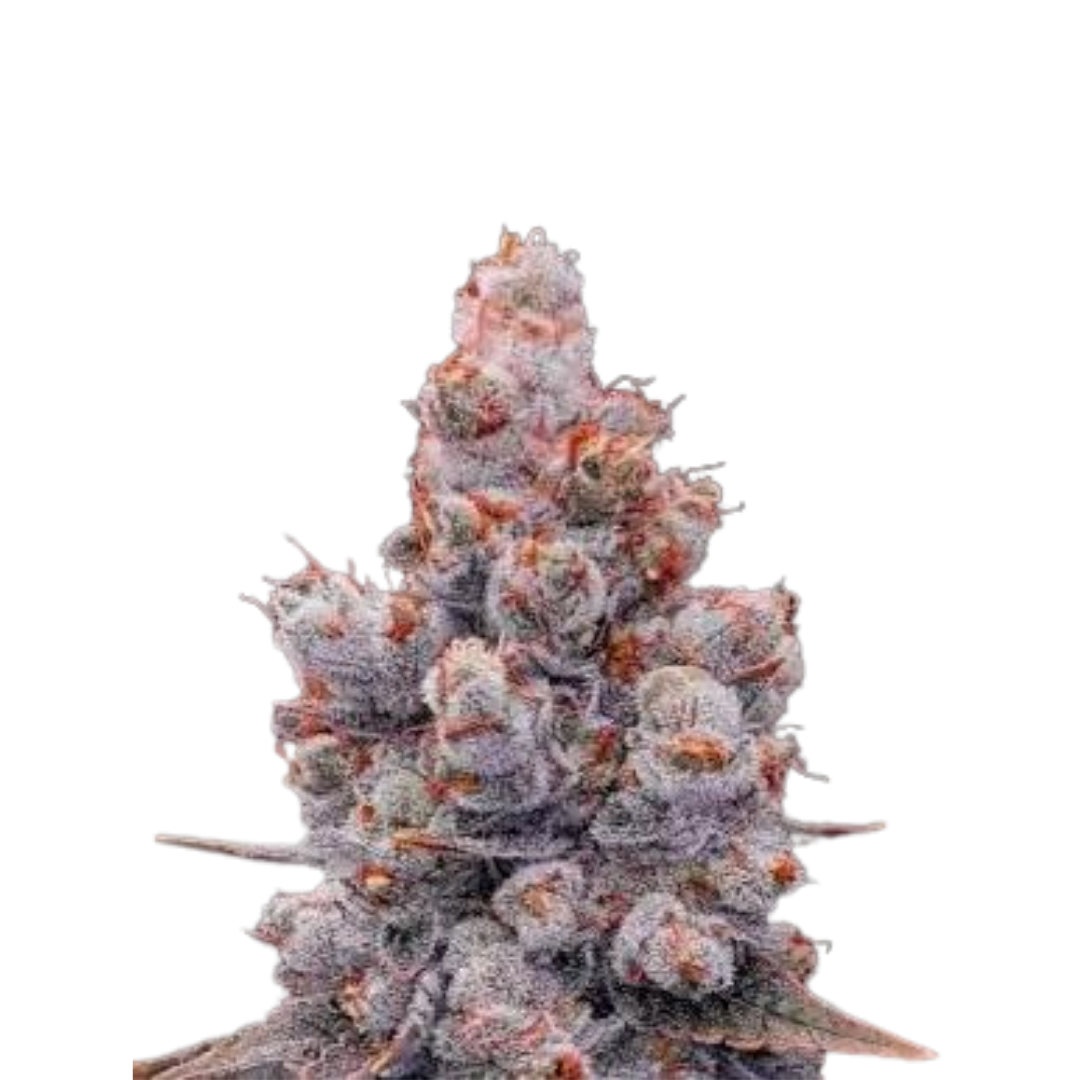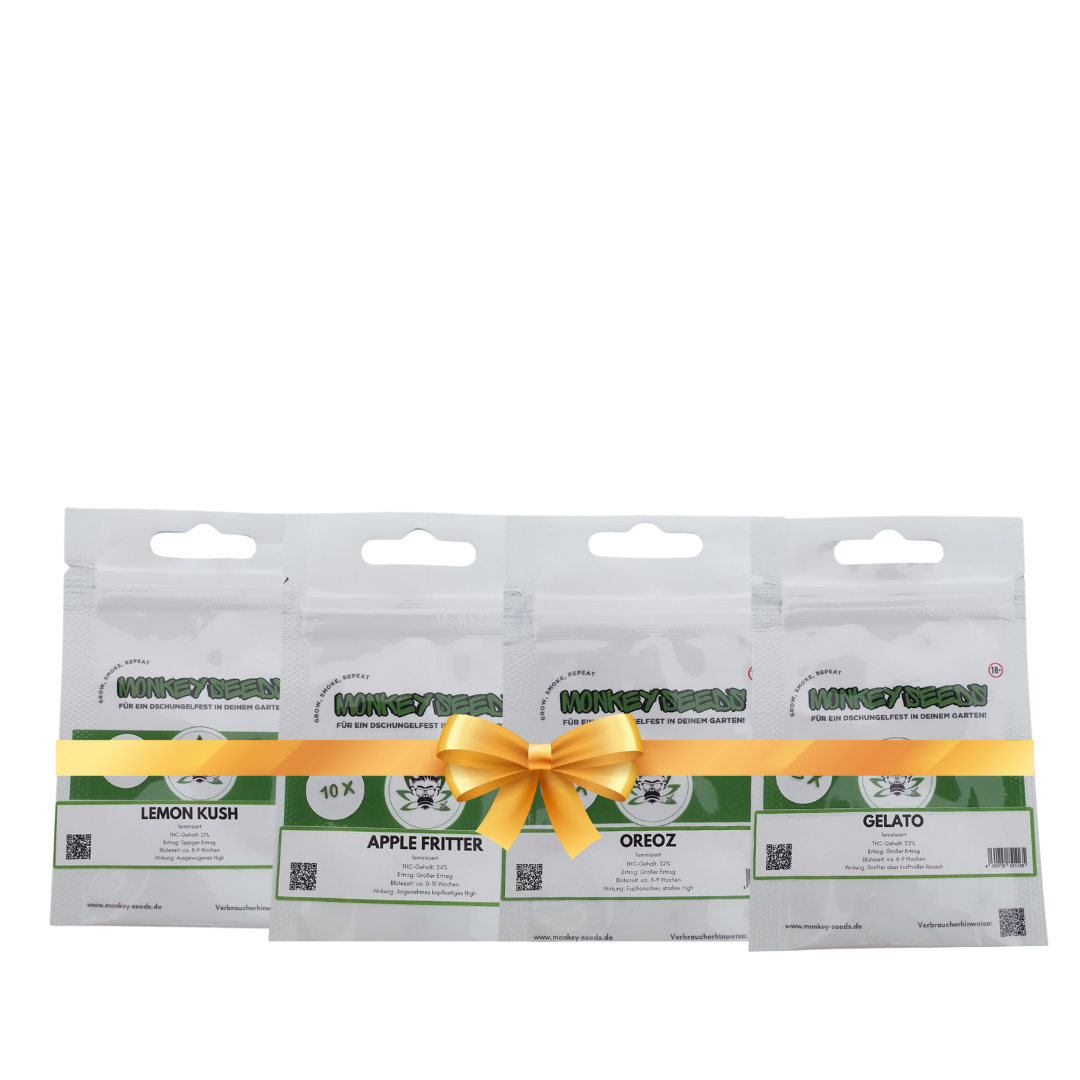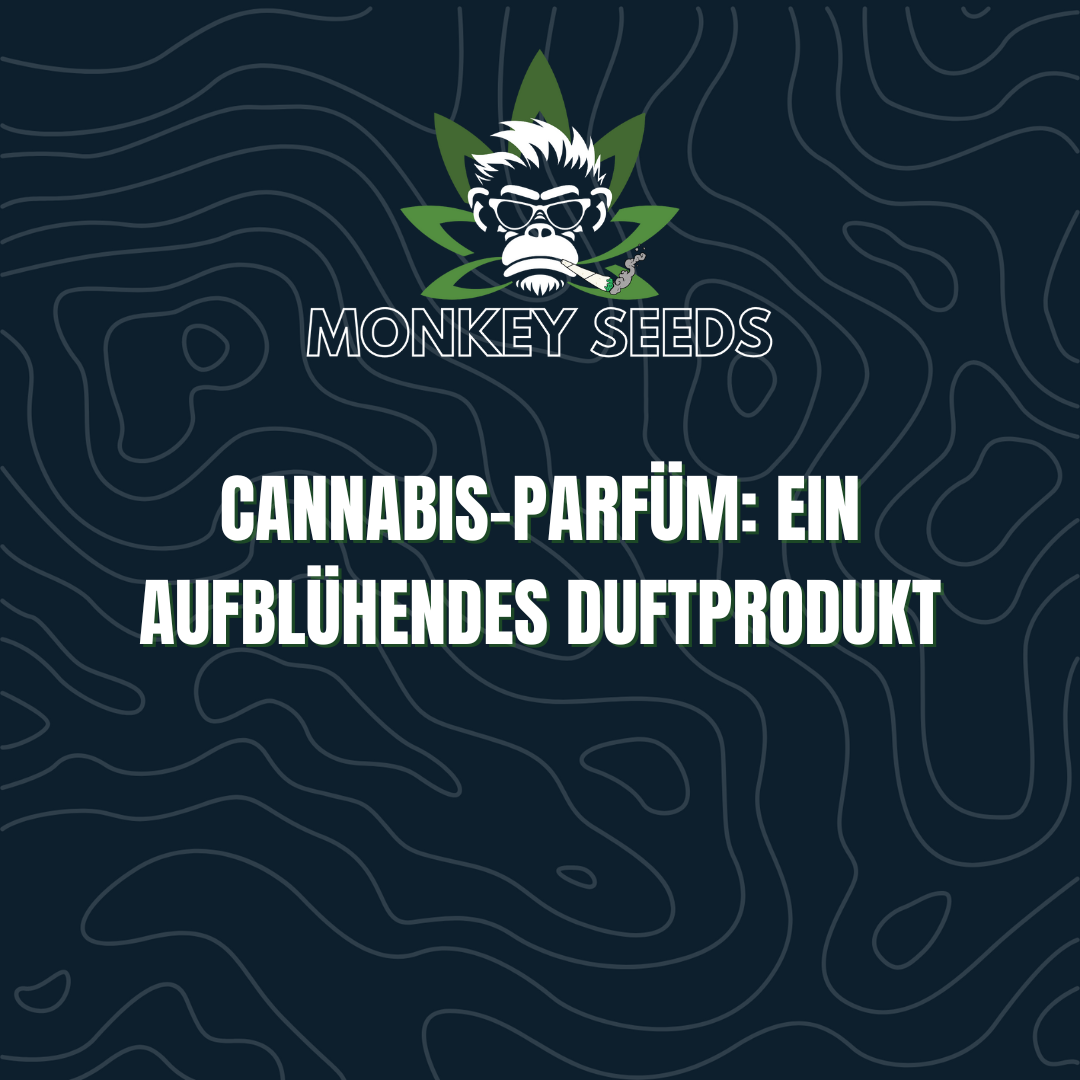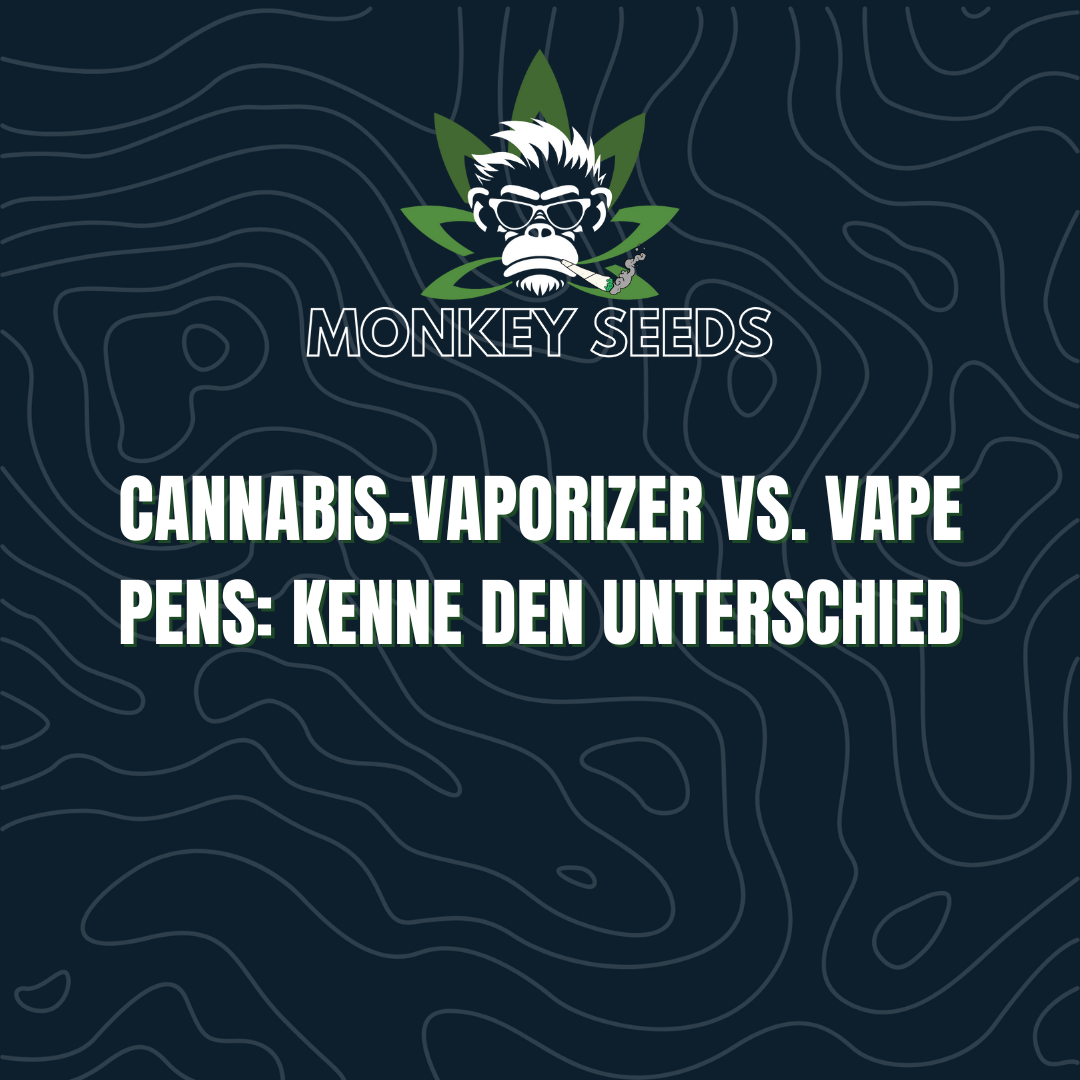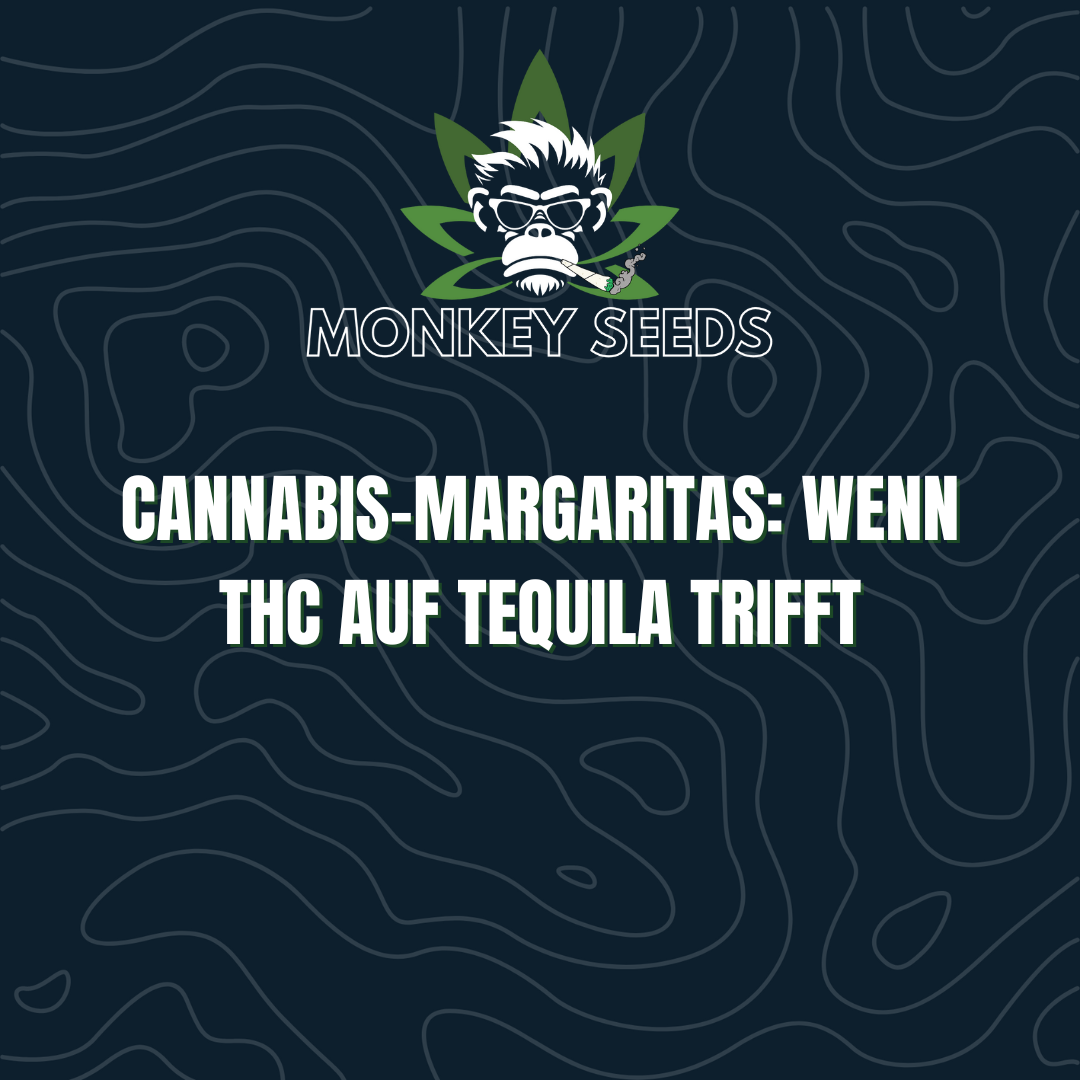Cannabis perfume: A blossoming fragrance product
Cannabis is considered one of the most aromatic plants in the world. Since most perfumes are based on plant-based ingredients, it's only logical that companies would start making perfumes with cannabis. Learn about the main aromatic compounds in cannabis, existing cannabis perfumes, and how to create your own scent.
The cannabis plant is increasingly being used in wellness, cosmetics, and even fashion. Now, some companies are introducing the plant into the perfume industry. Read on to learn more about the cannabis perfume products currently available and how you can make your own hemp fragrances at home.
The Botanical Roots of Perfume: A History
Global perfume sales exceeded $40 billion in 2022. The modern perfume industry is gigantic, and the highly competitive market has encouraged innovation in all areas - from bottle design to sustainability to biotechnology research that discovers and experiments with new flavors.
The history of perfume itself, however, started much more modestly. The Cambridge Dictionary defines perfume as: "A liquid with a pleasant smell, usually obtained from oils of flowers or species, and often used on the skin." Sounds pretty simple, right?
Because perfume is so easy to make, people have been doing it for thousands of years. The modern term is derived from the Latin "per fumus," meaning "through smoke." The oldest known written record of perfume use is found on Mesopotamian cuneiform tablets dating to 1200 BC. They tell of Tapputi, a royal palace overseer who developed techniques for extracting scent from plants, making her the first documented female chemist.
Cannabis: A source of aromatic compounds
Cannabis is a world-famous psychoactive plant, best known for its euphoric effects caused by its main ingredient THC. In addition to THC, however, cannabis flowers contain many other secondary metabolites, including over 100 other cannabinoids and more than 150 terpenes.
Anyone who has ever grown or smoked cannabis will be familiar with its distinctive aroma. Read on to discover the key aromatic components of cannabis, how the world of perfume is currently evolving, and how you can make your own perfume.
Perfume was also used extensively in South Asia. Ancient Ayurvedic texts mention the distillation of ittar, an aromatic essential oil extracted from plant sources.
On the island of Cyprus, perfumery dates back to the Bronze Age. Excavations indicate a large facility that was in operation 4,000 years ago and produced perfume on a large scale on an area of 0.4 hectares.
In Europe, Hungarian citizens created the first modern perfume, taking inspiration from Islamic tradition. It was developed using herbal fragrances and alcoholic solutions and became known throughout Europe as "Hungarian Water" after its creation in 1370.
Various aromatic plants are typically used to make perfume, including lavender, gardenia, eucalyptus, lemon, tobacco, jasmine and sandalwood. These plants are rich in aromatic secondary metabolites that are produced to ward off pests and diseases, increasing the plant's chances of survival. Many of these molecules smell very pleasant to the human nose. But many other plant species are also good candidates for producing pleasant smells - including cannabis.
Terpenes
Terpenes are a large group of aromatic, naturally occurring molecules. Researchers have identified over 30,000 of these molecules in various plants, including more than 150 in cannabis flowers. Each of these molecules gives certain strains of cannabis a distinctive aroma - from sweet and floral to fruity and earthy. Terpenes are divided into different groups based on their structure. The following describes the two main groups of aromatic terpenes in cannabis:
Monoterpenes:
Terpenes are made up of smaller structures known as isoprene units - branched chains of five carbon units. Monoterpenes are made up of two isoprene units at their core, making them the simplest terpene molecules. Monoterpenes are strong-smelling, volatile, and include limonene, which provides citrus aromas, and myrcene, which provides earthy notes. Other monoterpenes found in cannabis flowers include pinene, which smells like pine, and terpinolene, which has a floral and sweet scent.
Sesquiterpenes:
These terpenes consist of three isoprene units. They are larger than monoterpenes, but are also volatile and highly aromatic. These compounds include the peppery β-caryophyllene and the plant-based farnesene.
Volatile sulfur compounds
Terpenes are the main culprits behind the unique scent of each cannabis strain. But volatile sulfur compounds (VSCs) also play an important role. Not only are they responsible for the skunky aroma of many strains, but they also contribute to scents such as tropical fruit, sweetness, and spice. Some of the volatile sulfur compounds in cannabis are:
- Dimethyl sulfide
- 3-Methylthiophen
- 3-methyl-2-butene-1-thiol
Ester
Esters are organic compounds that, when reacted with water, produce alcohol and organic and inorganic acids. Cannabis flowers are a source of esters, and cannabis researchers are showing increasing interest in these compounds. Although they have received little attention until recently, esters impart distinctive flavors to certain strains, such as banana, strawberry, and pineapple.
The emergence of cannabis in perfumery
Since cannabis is a plant full of aromatic compounds, it's no surprise that perfume manufacturers are using it as a source of fragrance. The newness of cannabis to the industry also serves as an attractive selling point for those who already love the plant, as well as the curious who want to explore its unique aromas.
Although cannabis perfumes are only just beginning to appear on the market, there are already a few products on store shelves. High-quality cannabis perfumes include Fragrance du Bois' "Cannabis Blue," a masterfully developed formula that retails for a whopping £249. There are also more affordable cannabis fragrances. The aptly named "Cannabis" by Malin & Goetz offers an herbaceous note with floral and smoky overtones and retails for £86. Those looking for a more affordable product can enjoy the scent of weed with Dermacol's "Cannabis Garden," a cannabis terpene formula that contains notes of cannabis and jasmine and retails for £18.20.
If the demand for cannabis perfumes continues to rise, major brands will likely incorporate the plant into their fragrance recipes.
What effect does cannabis perfume have?
Because the cannabis plant is often associated with the psychoactive cannabinoid THC, there are some misconceptions about the potential effects of cannabis perfume. However, these perfumes only contain aromatic components, which do not include THC. In addition, cannabis perfume is not ingested, so THC cannot produce a euphoric effect. It is understandable that consumers associate cannabis perfume with a high, but this is a misconception.
Yet cannabis perfumes contain a variety of molecules that scientists believe may have subtle cognitive effects ranging from relaxation to mental clarity. Inhaled terpenes such as pinene, myrcene, and β-caryophyllene are known to affect the biochemistry of the body and brain.
Can weed perfume make you high?
THC is the cannabinoid responsible for the typical cannabis high. Terpenes work with THC to influence the effects of the respective strain, but do not have any significant intoxicating effects on their own. Since cannabinoids such as THC are not contained in perfumes, these products do not have a psychoactive effect.
How to make cannabis perfume at home
Now you know the main aromatic ingredients of the cannabis plant and the rise of cannabis perfumes. If you like the idea of a cannabis-inspired perfume, you can make your own at home! Here are the ingredients you need and instructions on how to combine them to create a fresh and floral scent.
Ingredients and equipment
Get the following equipment and ingredients:
- Hemp Essential Oil: Hemp essential oils are easy to find online. Hemp and cannabis are essentially the same plant, but hemp is legal in many countries because it has extremely low THC levels. However, this oil contains all of the terpenes found in cannabis plants grown for recreational or medicinal purposes.
- Jojoba oil: This substance is extracted from the seeds of the jojoba plant and serves as a carrier oil in the perfume formula.
- Alcohol: Use either vodka or perfume alcohol. Alcohol helps preserve and stabilize the perfume, allowing it to disperse better in the air.
- Distilled water: This ingredient helps clarify and dilute the recipe.
- 100ml glass perfume bottle: Get a glass bottle with a screw-off pump cap so you can use your cannabis perfume right away.
- Glass mixing bowl: Use this to mix your recipe together.
- Small pipette or funnel: Useful for transferring your perfume into the bottle.
Instructions
Now you have everything you need. Here's how to mix everything to make your own hemp perfume:
- Add 60ml (4 tablespoons) of jojoba oil to a mixing bowl.
- Add 4ml (about 80 drops) of your hemp essential oil to the bowl.
- Add 30ml (2 tablespoons) of vodka or perfume alcohol to the bowl.
- Add 6ml of distilled water to your mixture.
- Stir the recipe thoroughly and let it rest for 10 minutes.
- Fill the mixture into the bottle using a small pipette or funnel.
Store your cannabis perfume in a cool, dark place to ensure it lasts as long as possible. You can also combine different blends of hemp essential oils and carrier oils until you find a scent that you really like.
Ganja Cologne: The next hit in the perfume industry?
The booming cannabis industry has already taken over the cosmetics sector and is now making waves in the perfume industry. There are already a variety of ganja perfumes on the market - from luxurious high-end products to affordable scents. Despite the price differences, these blends have one thing in common: lots of aromatic molecules derived from cannabis. If you prefer to make your own perfume, you are now well equipped to create unique formulas using hemp essential oil and other easy-to-find ingredients.

